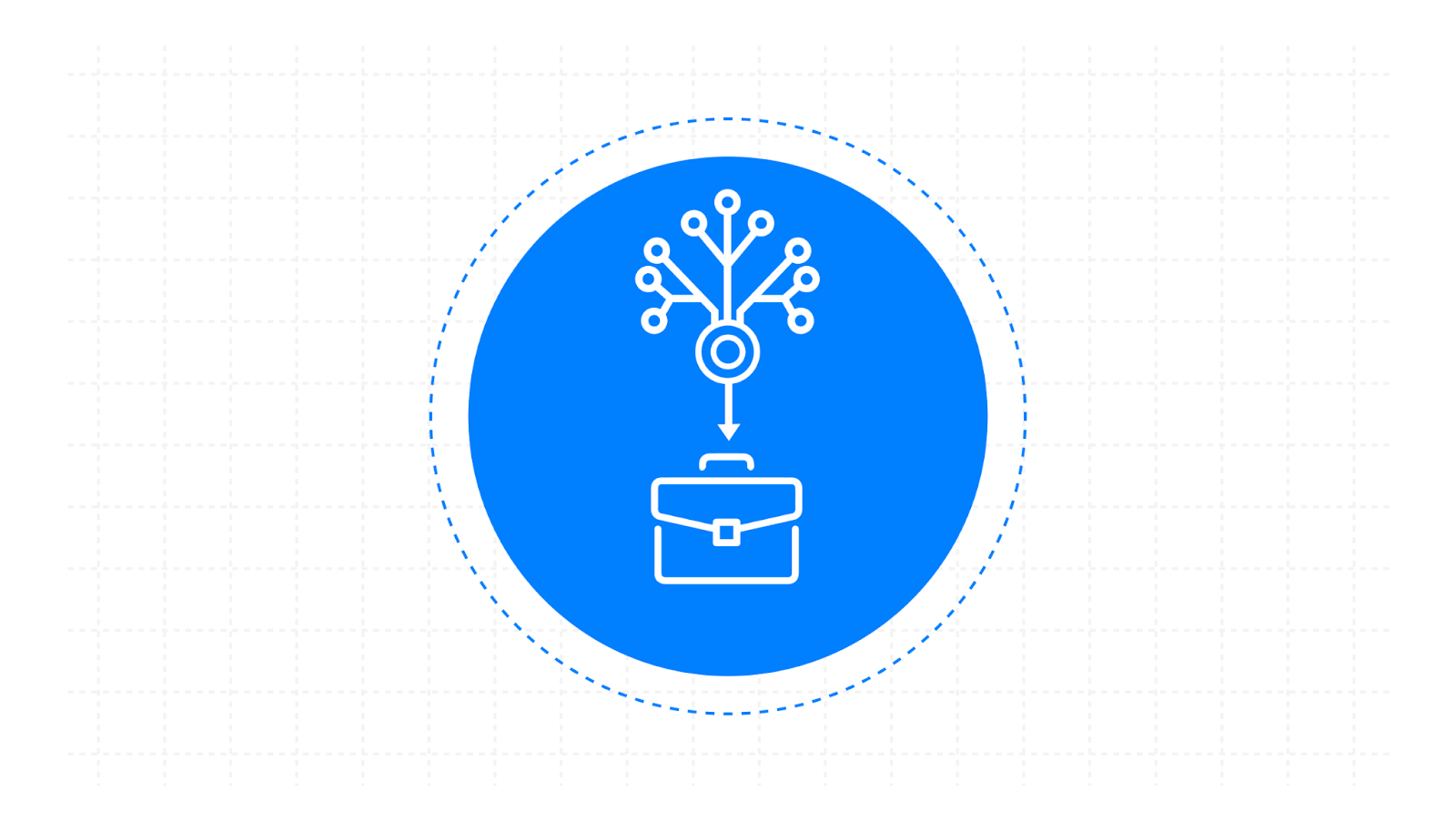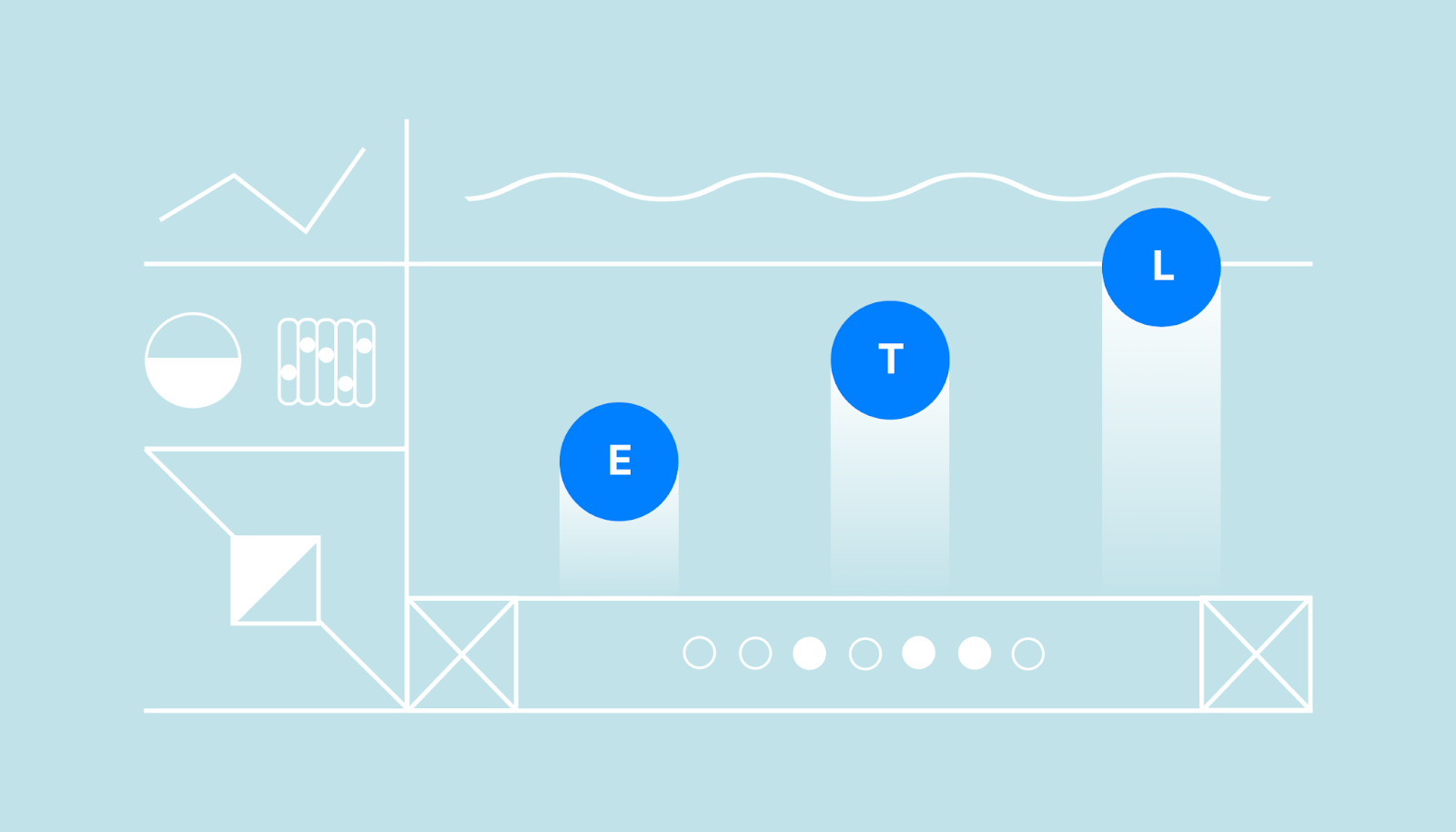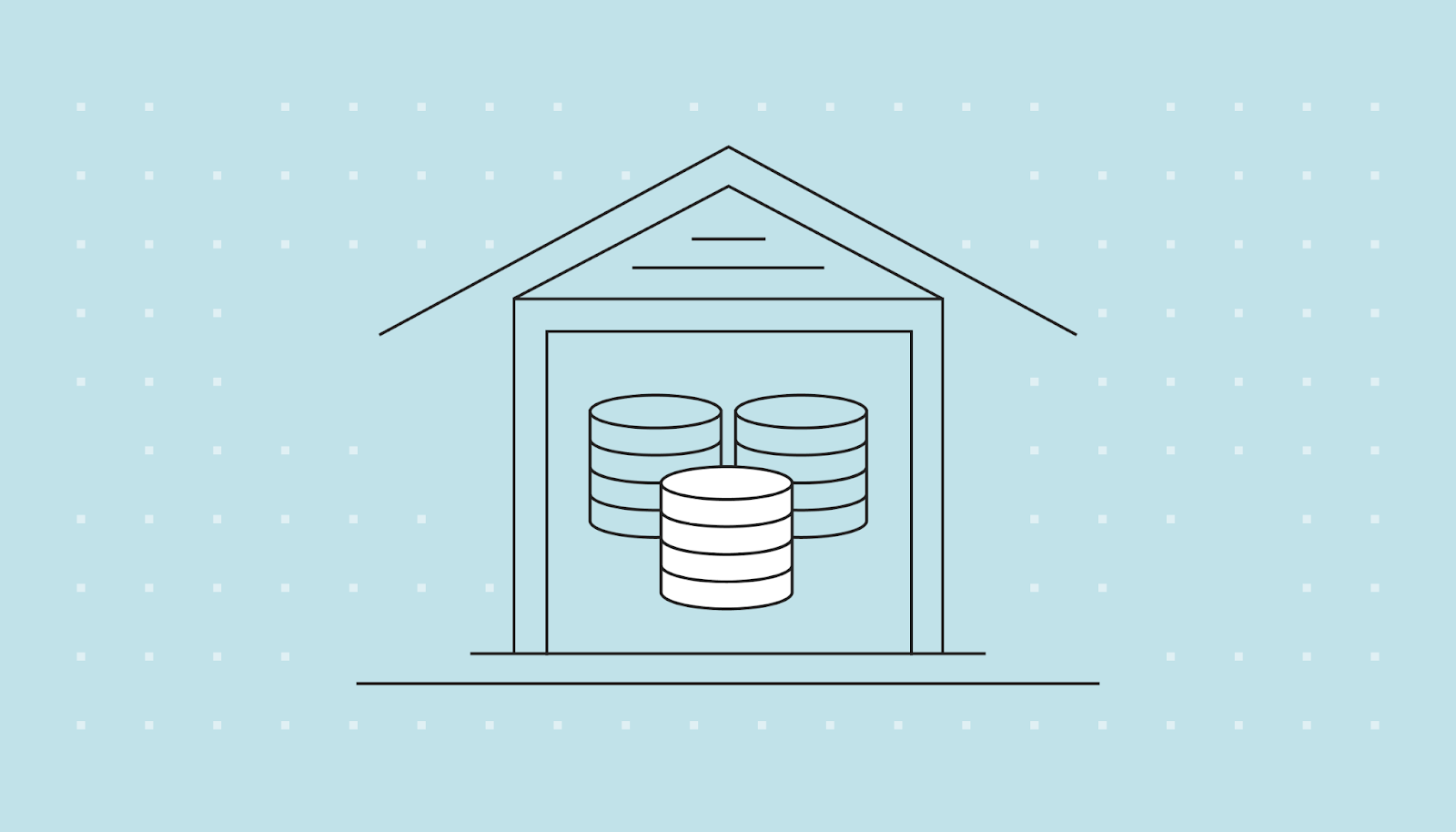What is data consolidation: Techniques, importance & implementation
What is data consolidation: Techniques, importance & implementation

According to a 2024 Salesforce study, 80% of organizations experiencing problems with digital transformation cite data siloing as a concern.
Most organizations process more data during their regular operations than they know what to do with. Data consolidation helps them turn an overwhelming pile of information into manageable, actionable strategic insights.
What is data consolidation?
Data consolidation is the process of bringing information from multiple sources into a single, centralized repository.
It differs from aggregation by focusing on creating a single source of truth rather than temporary views.
Data consolidation connects structured, semi-structured, and unstructured source data from CRM systems, ERP systems, database environments, and cloud-based data stores. It can take different forms, such as batch processing for periodic updates or real-time data integration for continuous flows.

Why is data consolidation important?
Businesses need data consolidation to keep information in a single, readable, and accessible data store.
Data consolidation improves operational efficiency broadly in three ways:
- Reduces costs: Having information in a single source cuts down on resources spent on duplicate storage and minimizes expensive errors.
- Saves time: Centralized storage makes information more accessible, enabling teams to quickly query, share, and take action without the need to look through multiple systems.
- Improves accuracy: Consolidation removes duplicate entries and guarantees that everyone is working with the same, current information.
Together, these benefits enable stronger decision-making and position businesses for faster, more sustainable growth.
How data consolidation works: Techniques and tools
Organizations can choose between a few different data consolidation techniques based on the volume and type of incoming information.
Here’s an overview before we get into the details:
Extract, Transform, Load (ETL)
The ETL approach offers strong quality control since the transformation phase happens before loading. This makes it ideal for complex logic and standardized data pipelines, especially for historical and batch processing.

However, ETL can be slower with large or frequently changing datasets, requires more upfront design, and is not ideal for real-time needs.
Standard ETL technologies include:
- Fivetran: Extraction and loading
- Dbt: SQL-based transformations
- Snowflake, BigQuery, and Redshift: Storage and querying
Extract, Load, Transform (ELT)
ELT lets users load data before transformations within a staging area, like a data warehouse.
This approach takes advantage of the scalability and processing power of cloud-based platforms.
ELT allows fast ingestion of raw data, supports real-time or near-real-time analytics, and makes it easy to update transformation logic without changing extraction pipelines. It also supports incremental updates for efficiency.
For the downsides, it requires heavier infrastructure, more processing power, and better governance. Advanced use cases may also demand strong SQL or platform-specific expertise.
ELT uses technologies such as Fivetran for extraction and loading, dbt for in-warehouse transformations, and cloud warehouses such as Snowflake, BigQuery, Redshift, or Azure Synapse, often orchestrated with tools like Airflow or Prefect.
Data virtualization
Virtualization consolidates data from various sources into a unified, real-time view without physically relocating the data. It does this by creating a virtual layer that connects and queries different systems.

Use virtualization when speed of access matters more than deep historical analysis, or when moving sensitive or massive datasets is costly or impractical. It’s especially beneficial in scenarios like real-time dashboards or when compliance makes centralization difficult.
The main benefit is agility. Teams can query and combine data on demand without lengthy data integration processes.
Data federation
Data federation allows users to query multiple systems as if they were a single source, without physically moving the data. It creates a virtual view that unifies access across databases, applications, and services.
Consider federation when centralization isn’t possible due to cost, compliance, or technical constraints, but teams still need cross-system visibility. It’s useful for lightweight reporting and quick insights without heavy infrastructure.
The main advantage is speed and simplicity, though performance can suffer at scale since queries run across multiple live systems.
Data warehousing
A data warehouse is a centralized repository designed to store large volumes of structured and semi-structured data for reporting and analytics. It lets organizations consolidate information into a consistent format that supports business intelligence.

Warehouses are helpful when your organization needs long-term storage of clean, reliable records for historical analysis, forecasting, or compliance. It’s best suited for enterprises that want to standardize information across many systems.
They complement ETL and ELT by serving as the destination after transformation, enabling consistent querying, analytics, and integration with BI tools.
Data lakes
A data lake is a centralized storage system that holds a variety of raw, unstructured, semi-structured, and structured data in its original format. It offers organizations the flexibility to access all data types without a predefined schema.
Consider a data lake when handling massive, varied inflows such as logs and IoT feeds or when supporting advanced analytics, machine learning, or AI workloads. It's a great option when you need to store information first and worry about how to process it later.
The main advantages are scalability and flexibility, but without strong governance, data lakes can become “data swamps” where information is difficult to organize or use effectively.
Data lakehouse
A data lakehouse combines the scalability of a data lake with the structure and query performance of a data warehouse. It allows organizations to store raw records while also applying governance, schema enforcement, and SQL-based analytics.
Use a lakehouse if you need both flexibility for large and varied datasets and the reliability and performance of a warehouse. It is a strong option for organizations modernizing from separate lake and warehouse environments into one unified platform.
The main benefit is simplified architecture and less data movement, although adopting a lakehouse often requires new platforms and may involve retraining teams.
Master Data Management (MDM)
Master Data Management creates a consistent, authoritative record of core business entities, such as customers, products, or suppliers, across all systems. It ensures everyone in the organization uses the same definitions and values.
MDM is recommended when consistency and accuracy are critical, especially in enterprises with multiple disconnected systems or duplicate records. It’s commonly applied in industries like retail, healthcare, and finance, where errors in core data can be costly.
MDM complements data consolidation techniques by resolving inconsistencies and duplicates at the source, leading to cleaner and more reliable datasets for downstream analytics.
How to get started with data consolidation
Follow these four steps to get started with your new consolidation process.
Audit data sources and infrastructure
Begin by mapping out all your information sources, such as databases, applications, spreadsheets, cloud platforms, and reviewing your current infrastructure.
This helps you understand where data lives, how it flows, and what consolidation gaps exist.
Evaluate ELT tools
Many of today's data replication and data integration tools can automate much of the extraction, loading, and data validation steps during the consolidation process.
Build your consolidation pipeline (or use automation)
Design and implement pipelines yourself, or adopt an automated solution to simplify ongoing consolidation. Automation can reduce manual maintenance while keeping information consistent and up to date.
Test, validate, and deploy
Before rolling out company-wide, run tests to ensure accuracy, reliability, and performance. Validate results with key stakeholders, then deploy your consolidated system into production.
Case studies
Here are some case studies on how data consolidation improves business performance.
Saks
Saks used Fivetran to centralize customer and sales data across internal databases and third-party APIs.
Within 6 months of unifying its records, the company:
- Onboarded 35+ data sources
- Cut onboarding time from weeks to hours
- Reduced data engineering hours by 4–5x
- Shrunk time-to-value from months to weeks
- Replaced legacy ETL with scalable
With Fivetran’s data pipelines and pre-built connectors, Saks was able to enhance customer personalization efforts by unifying data from and combination of internal operating systems and partner-integrated data streams.
Paul Hewitt
Paul Hewitt outgrew manual reporting (via spreadsheets) and basic tools, needing a central source of information.
They adopted Fivetran and Databricks to automate ingestion from ad channels into a data lake, enabling better insights into marketing spend and faster reporting.
Engel & Völkers
Engel & Völkers reduced the time needed to onboard new data sources fourfold using Fivetran connectors.
They now use it for marketing optimization, self-service analytics, and operations metrics, making information quickly available to different teams.
Why you should choose ELT with Fivetran
ELT simplifies data consolidation by loading raw data before transforming it inside your warehouse. This approach saves time and engineering resources.
Automated data movement platforms like Fivetran provide the flexibility and speed to scale, whether you're consolidating intercompany financials, streamlining reporting, or preparing for advanced analytics.
With a fully managed platform and pre-built connectors, teams can focus on analysis instead of maintenance.
[CTA_MODULE]
Related posts
Start for free
Join the thousands of companies using Fivetran to centralize and transform their data.








